
Panthera leo leo
Panthera leo leon,Barbary lion,North African lion, Atlas lion
Barbary lion (scientific name: Panthera leo leo), also known as North Africa···

Panthera leo krugeri
Panthera leo krugeri,South African Lion,Transvaal Lion, South African Lion, Katanga Lion
Kruger Lion (scientific name: Panthera leo krugeri) is also known as South A···
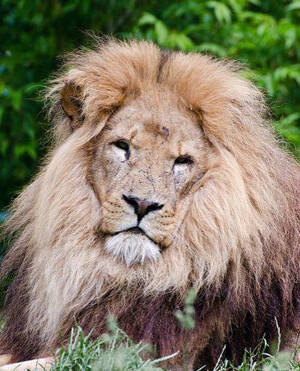
Panthera leo kamptzi
Panthera leo kamptzi,Cameroon Lion
Cameroon Lion (scientific name: Panthera leo kamptzi) is a subspecies of lio···

Panthera leo hollisteri
Panthera leo hollisteri
Kenyan lion (scientific name: Panthera leo hollisteri) is a subspecies of li···
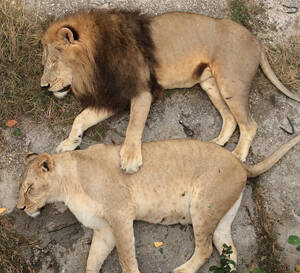
Panthera leo vernayi
Panthera leo vernayi,Katanga Lion
The scientific name of the Kalahari lion is Panthera leo vernayi, which is o···
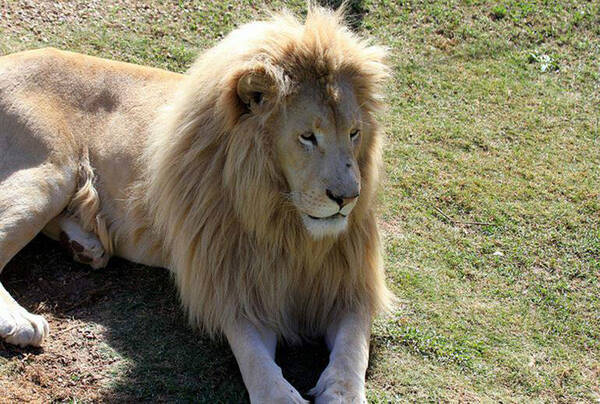
Panthera leo azandicus
Panthera leo azandicus,Northeastern Congo Lion,lion
Congo lion (scientific name: Panthera leo azandicus) is called Northeastern ···
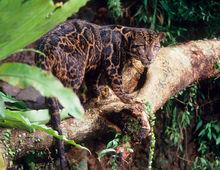
Neofelis diardi
Neofelis diardi, Sunda Clouded Leopard, Enkuli Clouded Leopard, Sunda Clouded Leopard, Sunda Islands Clouded Leopard, Sundaland Clouded Leopard,Diade clouded leopard, Malayan clouded leopard
Sunda Clouded Leopard (scientific name: Neofelis diardi) English name Sunda ···

Lynx rufus
Lynx rufus,Bobcat,Bobcat, red lynx, North American bobcat, red cat
Bobcat (scientific name: Lynx rufus) is a cat species distributed in North A···
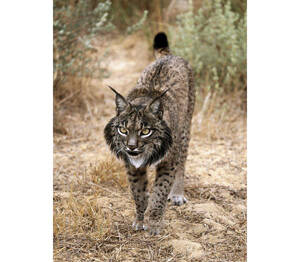
Lynx pardinus
Lynx pardinus,Spanish Lynx,Marco Pseudomarginatus, Iberian Lynx, Southern European Lynx
The Spanish lynx (scientific name: Lynx pardinus) is the largest cat species···
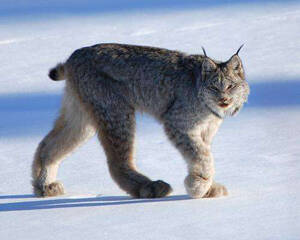
Lynx canadensis
Lynx canadensis,Canada Lynx
Canada Lynx (scientific name: Lynx canadensis) is also known as Canada Lynx ···
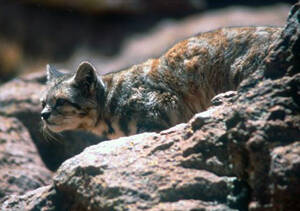
Leopardus jacobita
Leopardus jacobita,Andean Cat,Mountain cat, South American mountain cat, Andean mountain cat
Andean Tiger Cat (scientific name: Leopardus jacobita) is also known as Ande···
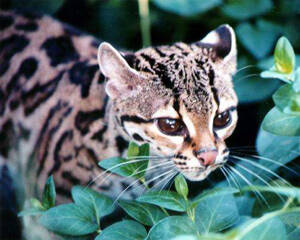
Leopardus wiedii
Leopardus wiedii,Margay
The long-tailed tiger cat (scientific name: Leopardus wiedii) is also known ···
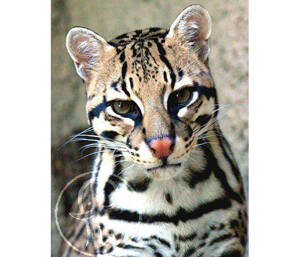
Leopardus pardalis
Leopardus pardalis,Ocelot
Ocelot (scientific name: Leopardus pardalis) is also known as Ocelot in Engl···
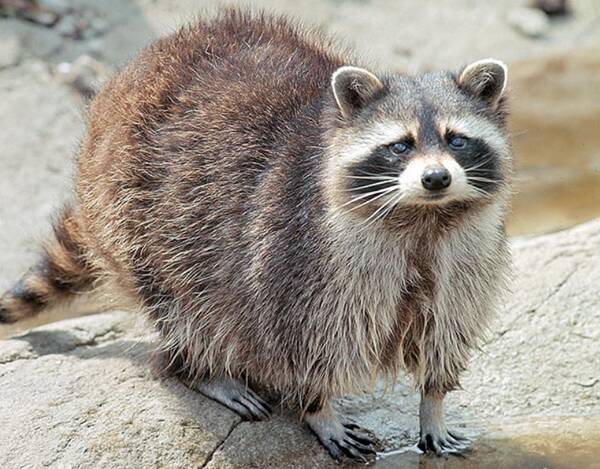
Procyon lotor
Procyon lotor,Raccoon, Food Thief, Pippi Bear
Raccoon, Procyon lotor (Linnaeus 1758), is a species of animal in the genus ···
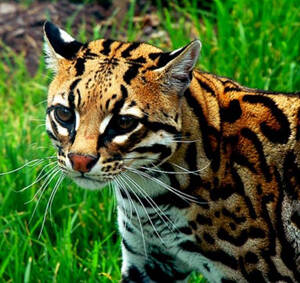
Leopardus tigrinus
Leopardus tigrinus,Oncilla
The Oncilla (scientific name: Leopardus tigrinus) has three subspecies. It i···
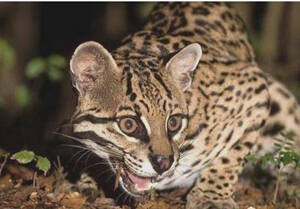
Oncifelis guigna
Oncifelis guigna,Kodkod,South American Lincat
The South American tiger cat (scientific name: Oncifelis guigna) is also kno···
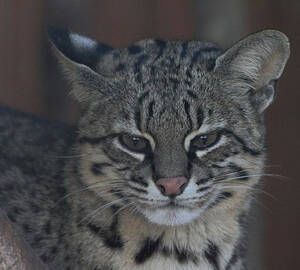
Leopardus geoffroyi
Leopardus geoffroyi,Geoffroy's Cat,Joe's cat, clouded leopard, fishing leopard
Geoffroy's Cat (scientific name: Leopardus geoffroyi) is called Geoffroy···
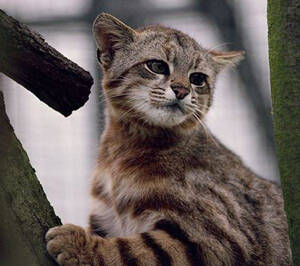
Leopardus colocolo
Leopardus colocolo,Pampas Cat,South American savannah cat, savannah cat
Pampas Cat (scientific name: Leopardus colocolo) is also known as Pampas Cat···
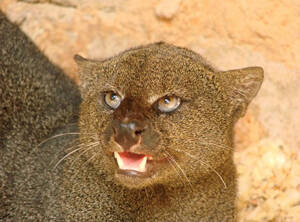
Herpailurus yaguarondi
Herpailurus yaguarondi
The slender-waisted cat (scientific name: Herpailurus yaguarondi) is also kn···
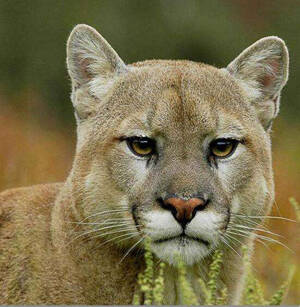
Puma concolor
Puma concolor,Puma、Mountain Lion,Mountain lion, golden cat, pounce horse
Puma (scientific name: Puma concolor) is also known as Puma or Mountain Lion···
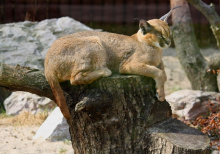
Caracal aurata
Caracal aurata,Profelis aurata,African Golden Cat,
African Caracal (scientific name: Caracal aurata, synonymous scientific name···
